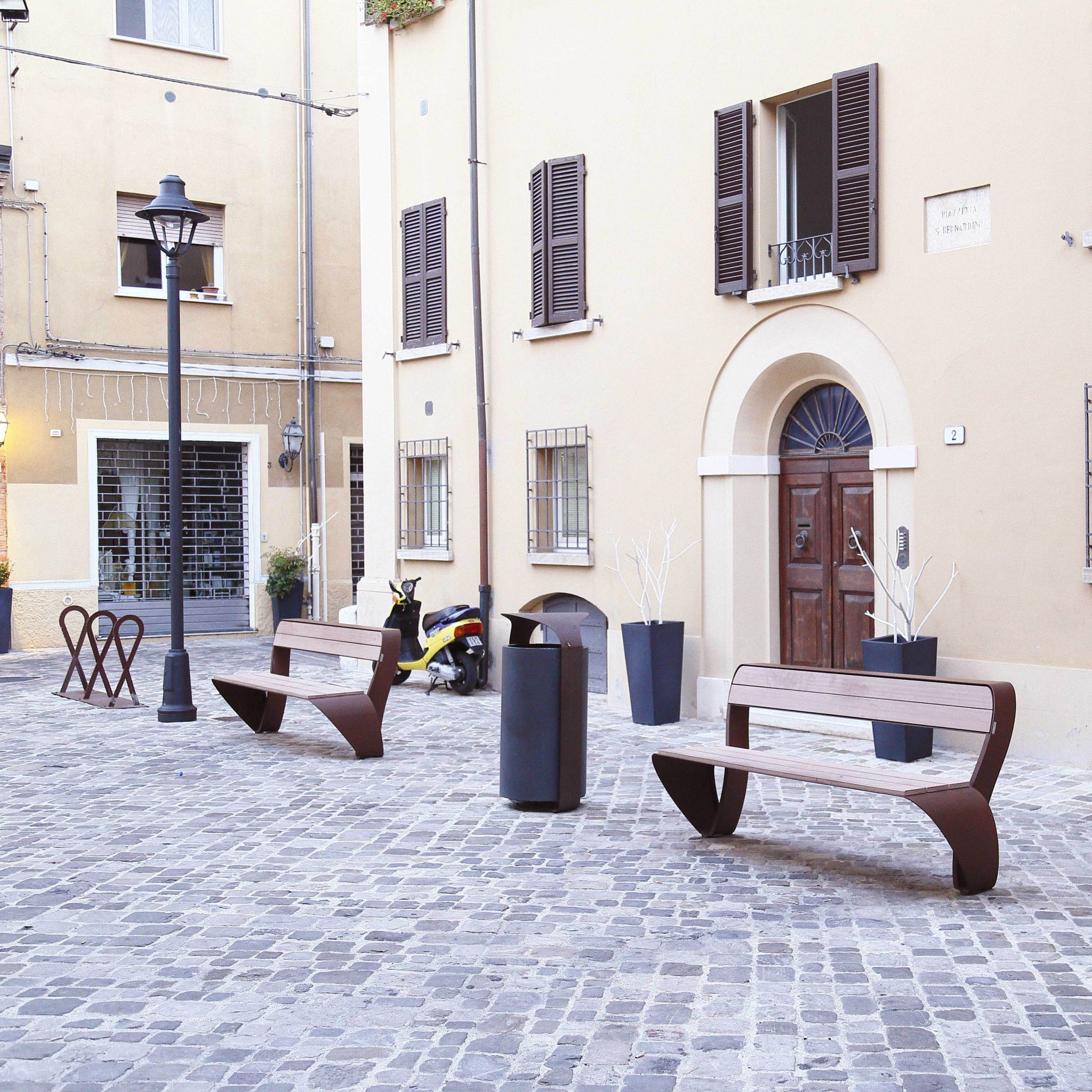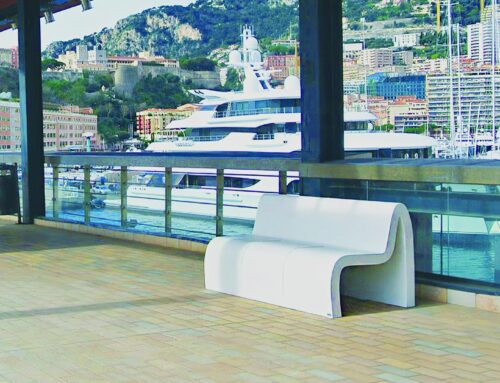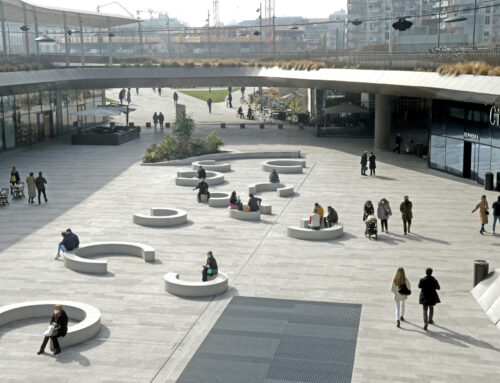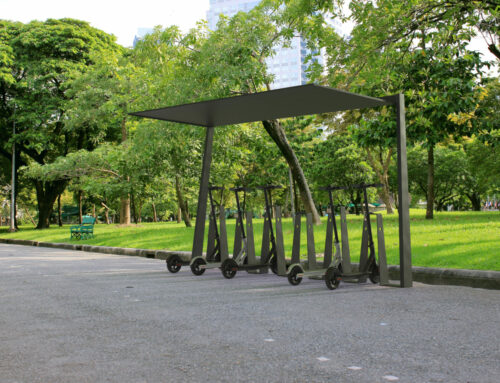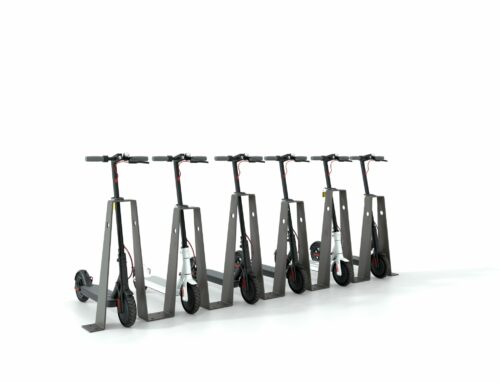Items such as benches, litter bins, bike racks and information totems are constantly exposed to the weather agents and daily wear and tear. For this reason, the maintenance of street furniture is essential to ensure the longevity and functionality of public spaces.
Although regular maintenance entails as an initial investment, in the long run it saves significantly on replacement and repair costs.
Keeping public spaces in good condition is not only about aesthetics, but also about safety and functionality. A damaged bench or a rusty bike rack can pose a danger to citizens. In addition, neglected furniture can negatively influence the perception of the quality of the city.
Investing in regular maintenance of city elements means prolonging their lifespan, reducing replacement costs and improving the user experience.
Read on to discover the importance of cleaning and maintenance of innovative materials such as stainless steel, WPC and WPVC, featured in LAB23’s product catalogue.
Maintenance and cleaning techniques and materials
The maintenance and cleaning of street furniture requires specific techniques to preserve both the functionality and the aesthetic appearance of the elements.
Among the most commonly used materials in modern furniture are stainless steel, WPC (Wood Plastic Composite) and WPVC (Wood Plastic Composite Vinyl). Each of these materials has unique characteristics and special maintenance requirements. Let’s take a look at them together.
Maintenance and cleaning of stainless steel urban elements
Stainless steel is prized for its corrosion resistance and durability, but needs periodic maintenance to maintain its shiny appearance and protective properties.
In case of deep corrosion or structural damage, it is essential to act promptly, removing surface rust with a steel brush and, if necessary, consulting an expert for welding or structural repairs.
To clean stainless steel, simply use a solution of lukewarm water and mild soap. After rinsing well to remove soap residue, dry with a soft cloth to avoid water stains. For more stubborn stains, it is advisable to use specific products, following the manufacturer’s instructions.
WPC: how to clean and maintain it over time
WPC (Wood Plastic Composite) is a composite material, consisting of wood and plastic fibres, known for its resistance to weathering and low maintenance requirements.
To keep it in good condition, simply clean it with mild soap and water, using a soft bristle brush, and rinse thoroughly.
For an additional protection, it is useful to periodically apply a specific sealant, which creates a barrier against moisture and stains.
In the event of scratches or minor damage, commercially available repair kits can be used.
Furthermore, if the material shows deformations or cracks, it is important to replace the damaged parts immediately and use a repair kit to fill the cracks.
Care and maintenance of WPVC
WPVC (Wood-Plastic-Vinyl Composite) combines the characteristics of WPC and vinyl, offering greater strength and ease of maintenance.
WPVC also requires minimal intervention to maintain its appearance. Cleaning is done with mild soap and water, using a soft brush and rinsing well.
In order to protect WPVC, it is advisable to apply a specific protective coating. In the event of damage, such as cracks or chipping, repair kits can be used or, if the damage is extensive, the compromised sections can be replaced. The use of protectants will help maintain the appearance and durability of the vinyl.
Following these guidelines will ensure the durability and effectiveness of street furniture while maintaining a pleasant and functional appearance.
At LAB23 we have been involved in the design and production of high quality street furniture for over thirty years. We have always stood out for the functional design and sustainability of our urban elements, offering products that improve the quality of life for users.
To learn more about LAB23’s materials and solutions, visit the materials section on our website.
Taking care of street furniture is essential to ensure safe, functional and aesthetically pleasing public spaces. Choosing materials such as stainless steel, WPC and WPVC and following the correct maintenance practices is a key step in prolonging the life of street furniture and improving the quality of life in our cities.

